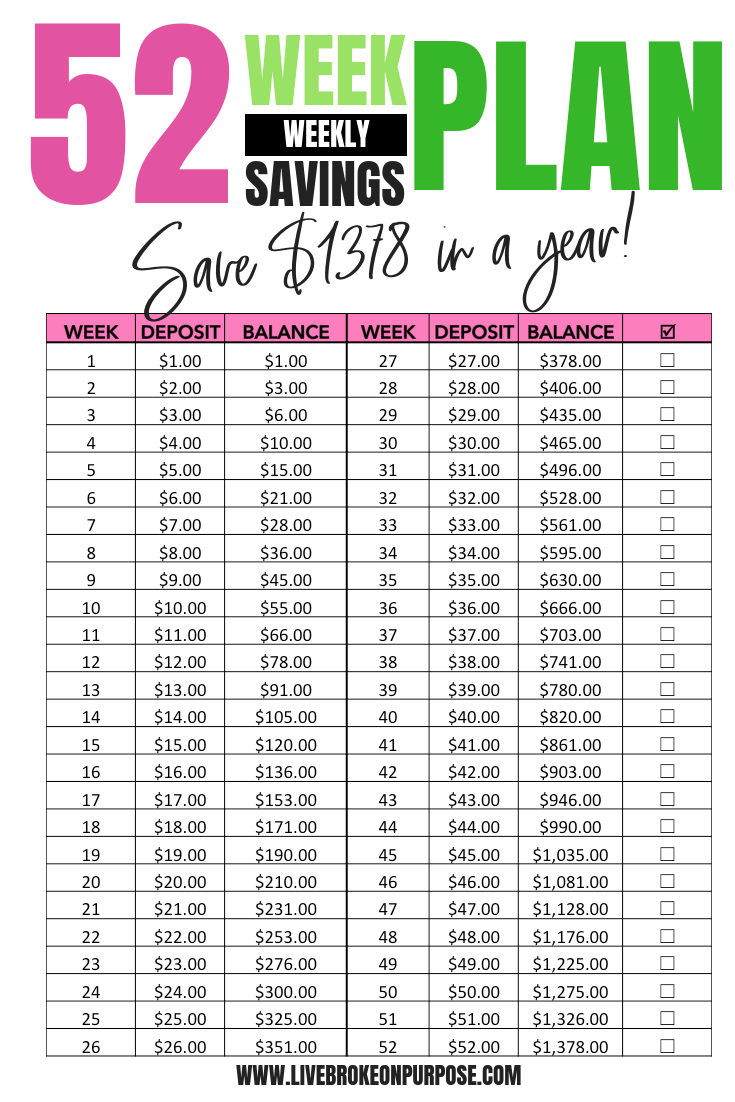
If you’re waiting for the government to come in and swoop away all your student loan debt in one forgiving swoop, you may have a long wait on your hands. In the last five months, my husband and I have successfully paid off over $13,000 in debt. However, this does not include anything from our mountain of student loan debt. In my quest to pay off debt faster, I’ve been looking at programs that I may qualify for that will allow me to have my debt forgiven. After extensive research, I found that the only way to get rid of my Student Loan debt is to simply pay them off. BORING! Not what you were hoping to hear I know but let me state the facts.
The Government wants their money! Why do you think Student Loans are so hard to discharge in bankruptcy. The government wants their money back the same way you would want your money if you loaned it to a friend or family member. This is also the reason why the Government is only offering three Student Loan Forgiveness Programs, with two having a cap on the amount forgiven. I’ll start with the ones with caps first.
1. Americorps: If you complete a term of service (12 months) with an approved Americorps branch you can receive an Americorps Educational Service Awards which allows you to either use the award for tuition payment or use the award for Student Loan Repayment. As of October 2014, full-time participation in an Americorps branch or 1700hrs allows $5730 in education awards that can be used toward student loan repayment. Americorps also allows student loan deferments while participating in the program and may even pay your accrued interest. Visit the AmeriCorps website to see if the program works for you.
2. Teacher Loan Forgiveness Program: To encourage individuals to enter and continue in the teaching profession the Teacher Loan Forgiveness program was created. Under this program, if you teach full-time for five complete and consecutive academic years in certain elementary and secondary schools and educational service agencies that serve low-income families, as well as meet other qualifications, you may be eligible for forgiveness of up to a combined total of $17,500. This would apply to your Direct Subsidized and Unsubsidized Loans and your Subsidized and Unsubsidized Federal Stafford Loans. If you have a Federal Perkins loan and meet the requirements you can have your entire loans forgiven. Visit the Teacher Loan Forgiveness website to learn more and to see if you qualify.
3. Public Service Loan Forgiveness Program:
The Public Service Loan Forgiveness Program is the only government program that will forgive all of your Direct Loans as long as you meet their myriad of requirements. It’s important to note that they will only forgive loans under the William D. Ford Federal Direct Loan (Direct Loan) Program and not Perkins or Federal Family Education Loans. Many people get excited when they hear that their new job qualifies them for this program. Who wouldn’t want all their loans forgiven after ten years? I mean, it’s simple. All you have to do is work full-time in a position that qualifies you for the Public Service Loan Forgiveness Program and makes 120 qualifying payments. Easy Peasy Right?
More Student Loan Post To Check Out
Understanding Paid Ahead Status on Your Student Loans
Is Refinancing Student Loans Worth The Risk?
Why You Should Start Paying the Interest on Your Student Loans Immediately.

Let’s really think about this because what sounds too good to be true nine times out of ten mostly is. The government wants you to make 120 on-time payments which if paid consecutively equates out to 10 years. Ten long glorious years. This is ten years of you either working for the same company/government organization or you making sure that if you do decide to change jobs, it is with a place that recognizes this program. If you’ve been paying on your student loan before you start a job that offers this type of forgiveness program those payments do not count towards the 120 payments. Also, If you take out additional loans while you are working a current forgiveness plan those loans cannot be combined with your current plan. For example, if you take out a new loan when you are on payment 85 of your current repayment plan the new loan will start at Payment 1 and have its own 120 payment cycle. If you decide to consolidate both of these loans, you will forfeit the amount of time built up on your current payment plan and start over again at payment one.
It’s also important to note that payments made above the normal installment payment don’t count as “extra months.” So if your normal payment is $300 and you decide to pay $600, you will only get counted for one month of payments.
The sad truth is people think that this repayment plan is so amazing that they never stop to think about what happens if you’ve been working at your qualifying job for 119 months and you’ve made 119 payments and then get fired or laid off. Or worse, you get dropped to part-time (less than 30 hours) and no longer qualify for forgiveness.
You might say to yourself “well I had to make those payments anyway, so there is nothing lost,” but oh my friend there is. The government gives several repayment options. There are three categories of income-driven repayment plans, and then there is a 10-year repayment plan. If you were to choose to make payments via the 10-year repayment plan, you would have your student loans paid off in 120 payments without the restriction of holding a particular job or having to work full or part-time. Yes, 120 payments mean that your monthly amount due is significantly higher, but you don’t waste ten years of your life is tied to certain requirements to get something that the government is offering to everyone anyway.
If you can’t commit to a high monthly amount due you can sign up for one of the income-based repayment plans and make extra payments on top of what is already due. This significantly reduces the amount of interest you pay in the long run in return shortening the length of time you pay that particular loan.
The way I see it the only way to get out of your Federal Student Loans is to pay them off as quickly as possible. You can do this by listing all your student loans into a Debt Snow Ball Attack Plan or by paying off the highest interest rate in something called the Debt Avalanche. There are some separate Student Loan forgiveness programs offered by employers, but like most these come with stipulations also so be sure to read the fine print to agreeing.



